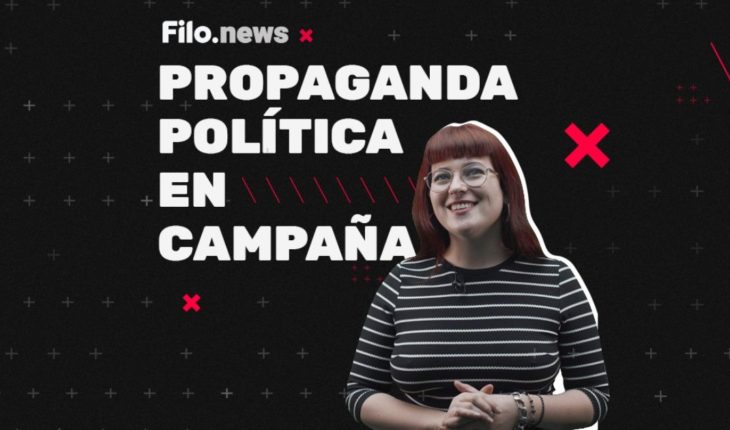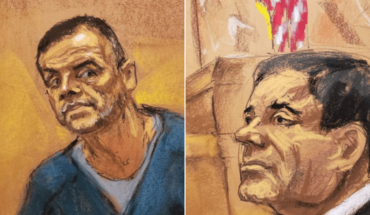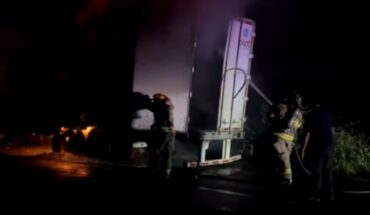Political propaganda is one of the many legs that are part of the national elections and that we wanted to tell you about the primaries of this Sunday 11 August. In addition to giving the different political fronts the possibility to show the public who they are and what their proposals are (at best), it is advertising that sets the visual and sound rhythm of the campaigns. But who are the ones who are obliged to pass these propaganda? The 3,166 media from all over the country, which are open TV, cable TV, AM and FM radios, all of those enabled by ENACOM (National Communications Authority).
In total each medium has to give up 2,160 seconds per day for this. That is, 36 minutes a day and a total sum of 62,600 hours for election propaganda. Generally speaking, half the time goes to presidential candidates and the other for aspiring deputies or senators. But not every party has the same amount of time on air. Of those 36 minutes a day, 50% are divided equally among all, but the other half is proportional to the number of people who voted for each party in the previous election. Except for the ballot (if any), which is a little shorter, during the STEPS and during the general election they spend 33 days until the electoral ban: From the state 50% of the money is divided equally and the other half depends on how you fared in the last election. Minutes and public funding use the same rule to spread out.
Now, in the case of private financing, the important thing is to know that on 15 May last the Chamber of Deputies passed the reform of the law dealing with this issue and resolved some things. In addition to not being able to donate more money in cash, something that happened until the 2017 legislative elections, the private sector (companies, fundamentally), will eventually be able to contribute their granite or sandcastle in these elections, something that instead unions still cannot do.
The financing of parties and campaigns is already banked. The key point posed by the new law has to do with money being traceable, that is, knowing where it comes from, who issues it and to which party. The allocation of minutes is defined as this: half are evenly divided among all competing forces. And for the other 50% are considered the votes that each party got in the last election. Thus, the most voted political groups have a greater presence in the borders. Similar is the distribution of the budget. In this note:





